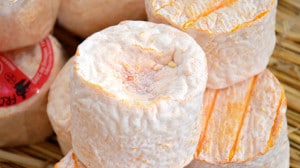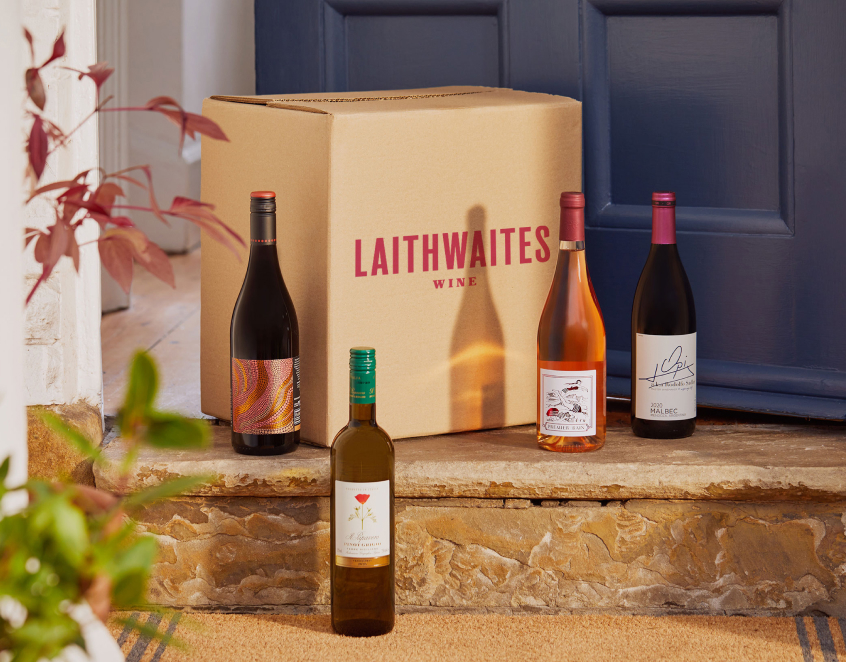
Langres
The production area is centered on the southern part of the Haute-Marne department, which includes the fortified town of Langres from which the cheese takes its name, and makes some forays into the neighboring Vosges and Côte d’Or. The specific climate of this area (the farthest from the sea) has forged the reputation of the Langres plateau, which often receives very low winter temperatures.

HISTORY AND ORIGIN
The existence of a specific cheese production in the Langroise countryside is attested by medieval writings, as well as by various later writings (19th century). As with many cheeses, the exclusively farm production is refined and marketed by traders who help in the progressive distribution of the cheese (Bar le Duc, Chalons, then Paris, Geneva….). Cheeses intended for local sale acquire a smaller size, those which travel are then larger.
The Great War will permanently mark this rural area and affect production through the ills of that time, industrialization, crisis and rural exodus … Manufacturing suffers, refocuses around dairy units collecting milk to make cooked pressed doughs, under the model of neighboring departments. The economic revival of the 1950s will allow a few passionate producers to reactivate the production of this endangered cheese which will first re-establish itself on a local market, from Burgundy to the Vosges margins, then, thanks to obtaining an AOC. in 1991, at the national level. It is currently made and refined by four operators, three dairies and a farmer.

GAEC REMILLET of GENEVRIÈRES
It is the last cheese factory to make Langres with raw milk.
The milk benefits from a slow maturation after addition of lactic ferments in order to acidify the milk which will be renneted between 6 and 6.3 pH. Coagulation lasts about 5 hours in a basin of 130 L maximum. Molding is followed by draining for 24 hours, then demoulding takes place. After salting with dry salt, the cheese is turned over a maximum of two times so that the fountain naturally hollows out. It is washed regularly with a solution with or without annatto (natural coloring) and the addition of Marc de Bourgogne, if it is tolerated, is not provided for by the PDO. The minimum ripening goes from 15 days for the small to 21 days for the large format.
TASTING
• EYE :
Very rounded and strongly wrinkled yellow-orange rind, sometimes covered with a light white veil. When ripe, a thick layer of cream opens onto a white heart with a fairly chalky structure.
• TO TOUCH :
Langres remains fragile when ripe, the layer of cream sinks in easily and provides ultra-melting sensations in the mouth, even if the heart sometimes remains denser, more “cheesecake”.
• NOSE :
You can smell hot cereals, baker’s yeast and a slight hint of munster on the crust; the heart brings us back to the cheese-making room, mixing the scent of cow and whey.
• TASTE :
Light salt, a clear but fresh tangy frame, aromas of crème fraîche, an uncooked bread dough side, a few animal forays, Le Langres is obviously greedy and subtle just as it occupies a significant space in the mouth. A treat that is good to complement with a dash of Marc de Bourgogne or Champagne, or even Mirabelle brandy.  </p
</p



